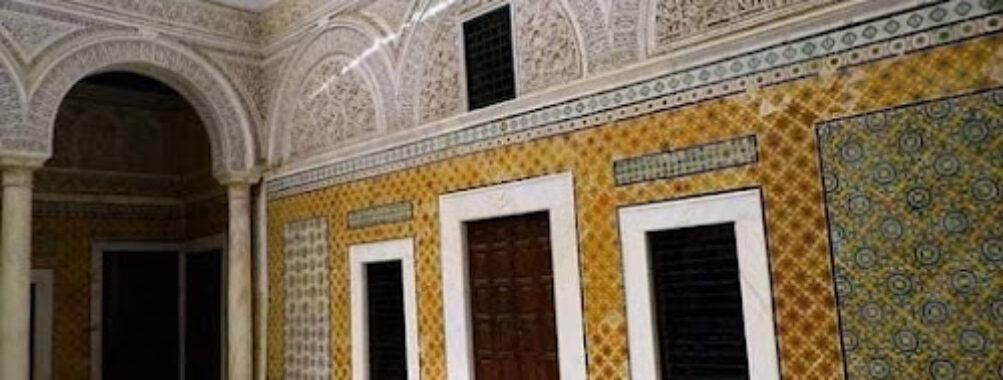
Dar Lasram
Table of Contents
Description
The Dar Lasram stands as one of Tunis’s most remarkable architectural treasures, a stunning palace-turned-museum that perfectly captures the essence of traditional Tunisian design. Built in the 18th century, this grand residence showcases the finest elements of Arab-Muslim architecture, with its intricate tile work and elaborate decorative details that’ll make your jaw drop. I remember being completely mesmerized by the stunning courtyard when I first stepped inside – it’s exactly what you’d imagine from a fairytale palace!
Today, the palace serves as the headquarters for the Association de Sauvegarde de la Médina de Tunis (ASM), but don’t let that official-sounding name fool you. The real magic lies in wandering through its beautifully preserved rooms, each telling stories of Tunisia’s rich heritage. The ornate ceilings, detailed wooden doors, and traditional furnishings transport you straight back to the Ottoman period.
Key Features
- Stunning central courtyard with traditional Arabic architectural elements
- Exquisite ceramic tilework covering walls and floors
- Breathtaking carved wooden ceilings with intricate geometric patterns
- Traditional Turkish-style rooms with period furniture
- Beautiful exhibition spaces showcasing local art and cultural artifacts
- Peaceful garden area perfect for photography
- Original architectural features from the 18th century
Best Time to Visit
I’d definitely recommend planning your visit during the morning hours, between 9 AM and noon, when the natural light floods through the courtyard and really brings those amazing tiles to life. The palace can get pretty warm during summer afternoons (trust me, I learned this the hard way!), so earlier visits are more comfortable. Spring (March to May) and autumn (September to November) offer the most pleasant weather conditions for exploring the palace and its surroundings.
How to Get There
You’ll find Dar Lasram right in the heart of Tunis’s historic Medina. The easiest way to reach it is by taking a taxi to Bab Bhar (also known as Porte de France) and then walking through the main street of the Medina. And don’t worry too much about getting lost – the locals are super friendly and always happy to point you in the right direction. If you’re feeling adventurous like I was, you can also take the light rail (TGM) to Republic station and walk about 10 minutes to the Medina entrance.
Tips for Visiting
Visiting Dar Lasram is pretty straightforward, but there are a few things I wish someone had told me before my first visit. First off, wear comfortable shoes – those beautiful marble floors can be slippery! Photography is allowed inside, but you might wanna bring a wide-angle lens to capture those gorgeous architectural details.
It’s best to allocate about 1-2 hours for your visit – you don’t wanna rush through all that beauty. Oh, and definitely bring some water, especially during summer months. The palace usually opens around 9 AM and closes at 5 PM, but times can vary during Ramadan. Since it’s both a working office and a cultural site, some areas might occasionally be closed for meetings or special events.
Try visiting on a weekday if possible – the palace tends to be quieter then, giving you more space to soak in all the architectural details and snap those perfect photos. And here’s a pro tip: ask if there’s a guide available. While not always present, the guides here are incredibly knowledgeable and can share fascinating stories about the palace’s history that you won’t find in any guidebook.
Look, I gotta tell ya – Dar Lasram isn’t just another tourist spot. It’s a living piece of Tunisian history that still serves its community today. Take your time, chat with the staff if you can, and really immerse yourself in this amazing slice of Tunisia’s architectural heritage. Trust me, it’s worth every minute!
Location
Places to Stay Near Dar Lasram
Find and Book a Tour
Explore More Travel Guides
No reviews found! Be the first to review!